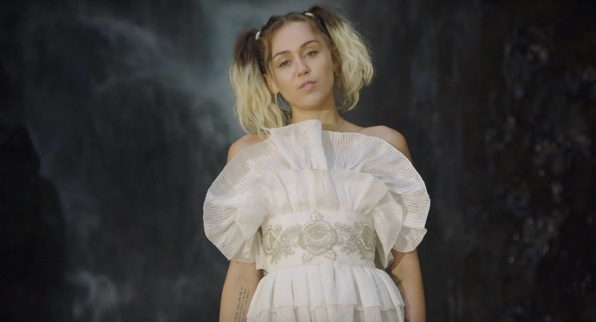History of Music Video
- Aeman Ajaz
- Oct 16, 2023
- 3 min read
The history of music videos is a fascinating journey that intertwines technology, culture, and creativity. Here's a detailed overview of its evolution:
Early 20th Century to 1950s: Predecessors and Beginnings
Early Film and Musical Shorts (1900s-1920s): Prior to the term "music video," short films and musical shorts were made to accompany musical performances. These were primarily shown in theaters and featured artists performing songs.
Soundies (1940s): Soundies were short musical films produced during the 1940s, often shown on a machine called the Panoram, a jukebox-like device. They featured popular musicians and were an early form of music video.
1960s to 1970s: Experimental Phase
The Beatles and Promotional Films (1960s): The Beatles played a significant role in shaping the early concept of music videos. They created promotional films for their songs, such as "Paperback Writer" and "Rain," which were precursors to modern music videos.
The Birth of MTV (1981): MTV (Music Television) was a revolutionary channel that aired music videos 24/7. This event marked a pivotal moment in the history of music videos, providing a platform for artists to showcase their work to a broader audience.
1980s to 1990s: The Golden Era and Evolution
MTV's Influence (1980s): MTV's influence on the music industry was immense. Artists began producing high-quality, visually captivating music videos to grab viewers' attention. Iconic videos like Michael Jackson's "Thriller" and Madonna's "Like a Prayer" exemplified this era.
Technological Advances: Advances in video technology, including affordable camcorders and video editing equipment, made it easier for artists to create and distribute music videos.
Crossover with Film: Some music video directors, like Spike Jonze and David Fincher, transitioned from music videos to successful careers in feature films, indicating the artistic potential and influence of music videos.
2000s to Present: Digital Age and Diversity
Digitalization and Online Platforms (Early 2000s): The advent of the internet and online platforms like YouTube allowed artists to share their music videos directly with a global audience, democratizing the creation and distribution of music videos.
Diversity and Innovation: The 2000s and 2010s saw a rise in diversity and experimentation within music videos. Artists and directors began using innovative techniques, storytelling, and visuals to create engaging videos.
Social Media Impact: Social media platforms like Instagram, TikTok, and Twitter have become crucial in promoting and sharing music videos. Short video formats have emerged as a popular way to preview or showcase music videos.
Recent Trends and Future Prospects
Interactive and Immersive Videos: Advancements in technology, such as virtual reality (VR) and augmented reality (AR), are enabling the creation of interactive and immersive music videos, enhancing viewer engagement.
Global Collaborations and Influencer Integration: Music videos increasingly feature collaborations between international artists and integrate influencers to reach a wider and more diverse audience.
Streaming Services and Original Content: Streaming platforms like Netflix and Apple Music have started producing original content, including documentary-style music videos and concert films, further blurring the lines between traditional music videos and other forms of audiovisual entertainment.
The history of music videos demonstrates how the medium has evolved from simple promotional tools to a significant art form with a lasting impact on both the music industry and popular culture. Advances in technology and shifts in audience consumption have continuously shaped the creative possibilities and reach of music videos, paving the way for exciting future developments in this dynamic medium.


Comments